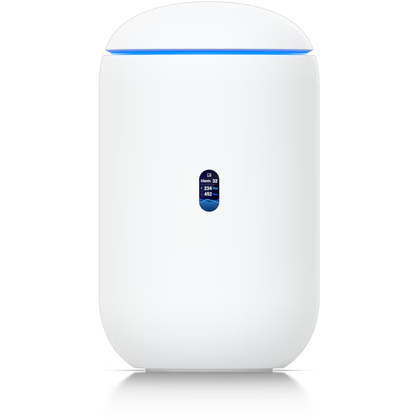On September 30, AOL permanently shut down dial-up Internet access, and anyone still using its dial-up software or its dedicated Shield browser will find their Internet no longer working.
I was not surprised to learn that the company close this service. I was surprised to find out that it was still working in 2025! It made me wonder why on earth they waited so long to pull the plug and put an end to the screaming of these aging modems?
Dial-up in 2025: a tiny niche
As AOL explicitly stated, not enough people were using dial-up to justify maintaining the infrastructure. By 2023, according to US Census BureauThere are only 127,000 dial-up users left in the US. Compare this with the stated number in CNET article, 2015 AOL's dial-up subscribers are just over 2 million, and you can see that over the past decade the decline has been gradual but dramatic.
Why not switch off earlier?
Dial-up technology is quite old and disproportionately expensive to maintain. You'll need a PSTN (public switched telephone network) and all the hardware and software to make this legacy 56Kbps technology work. It's not just that. The modern web is literally unusable over such a slow connection, so AOL had to create and maintain a special browser that could optimize the speed of a dial-up connection.
It all sounds like a real pain to keep going, and there probably wasn't much gain in it either, so why wait until the bitter end? I don't have any official answers, but after thinking about it for a while, I believe it comes down to a few things.
First, the people who stuck with dial-up didn't do so by choice. While broadband is cheap and easy to get in urban and suburban areas, no one pays to lay expensive fiber connections in the middle of nowhere, and the same goes for 4G or 5G mobile. For these technologies to make economic sense, they need thousands and thousands of users. This means that in some places the only connection is a copper telephone line.
The main alternative is satellite Internet, but for most of its existence it was slow and very expensive. It is debatable whether the higher speeds were worth their disadvantages compared to dial-up.
Finally, in the absence of viable alternatives, leaving a small but active group of people without Internet access would simply be bad PR and could even attract unwanted attention from the government. Part of this long delay was probably a countdown to give people a chance to move on to something else.
Why then 2025?
In 2025, most of the obstacles I just mentioned will have virtually disappeared. Thanks to technologies like Starlink and much greater adoption of mobile broadband, even rural customers have options. I'm willing to bet that most of those few thousand remaining users have at least one alternative. So it makes sense that the tipping point where it made almost zero business sense would come around the time it did.
Legacy and influence
AOL's dial-up service has helped millions of people get online. He popularized email, chat rooms, early web content, and the phrase “You've got mail.” Besides AOL, dial-up Internet access has been an important part of pop culture. This is forever captured in old films that no longer make sense to young audiences.
It's instructive to see that a technology that most people thought was long gone is still working two decades after most of the world abandoned it for something better, and things like this happen all the time. Whether it's discovering that many industrial machines still run Windows XP or that critical government infrastructure depends on floppy disks, it's a stark reminder that it's really only consumers like you and me who can afford to chase cutting-edge, or even lagging, technology!
It also reduces expectations about technology in other areas of our lives, such as the adoption of electric vehicles or even the mass adoption of artificial intelligence, as well as concerns about their impact on the economy and jobs. While we can hit the majority of people using these technologies relatively quickly, the significant minority who resist the chance may be stuck there for a long time.

- Brand
-
Unifi
- Range
-
1750 square feet
- Wi-Fi bands
-
2.4/5/6 GHz
- Ethernet ports
-
4 2.5G











